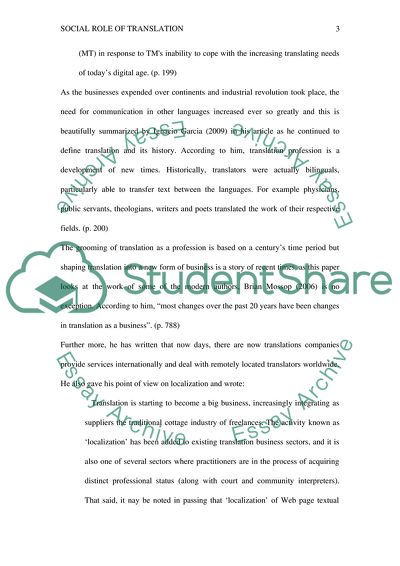Cite this document
(“Social Roles of Translators in Localization and Translation Memory Term Paper - 1”, n.d.)
Social Roles of Translators in Localization and Translation Memory Term Paper - 1. Retrieved from https://studentshare.org/social-science/1748195-discussion-on-rolls-of-translators-in-localiczation-and-translation-memory-environment
Social Roles of Translators in Localization and Translation Memory Term Paper - 1. Retrieved from https://studentshare.org/social-science/1748195-discussion-on-rolls-of-translators-in-localiczation-and-translation-memory-environment
(Social Roles of Translators in Localization and Translation Memory Term Paper - 1)
Social Roles of Translators in Localization and Translation Memory Term Paper - 1. https://studentshare.org/social-science/1748195-discussion-on-rolls-of-translators-in-localiczation-and-translation-memory-environment.
Social Roles of Translators in Localization and Translation Memory Term Paper - 1. https://studentshare.org/social-science/1748195-discussion-on-rolls-of-translators-in-localiczation-and-translation-memory-environment.
“Social Roles of Translators in Localization and Translation Memory Term Paper - 1”, n.d. https://studentshare.org/social-science/1748195-discussion-on-rolls-of-translators-in-localiczation-and-translation-memory-environment.


